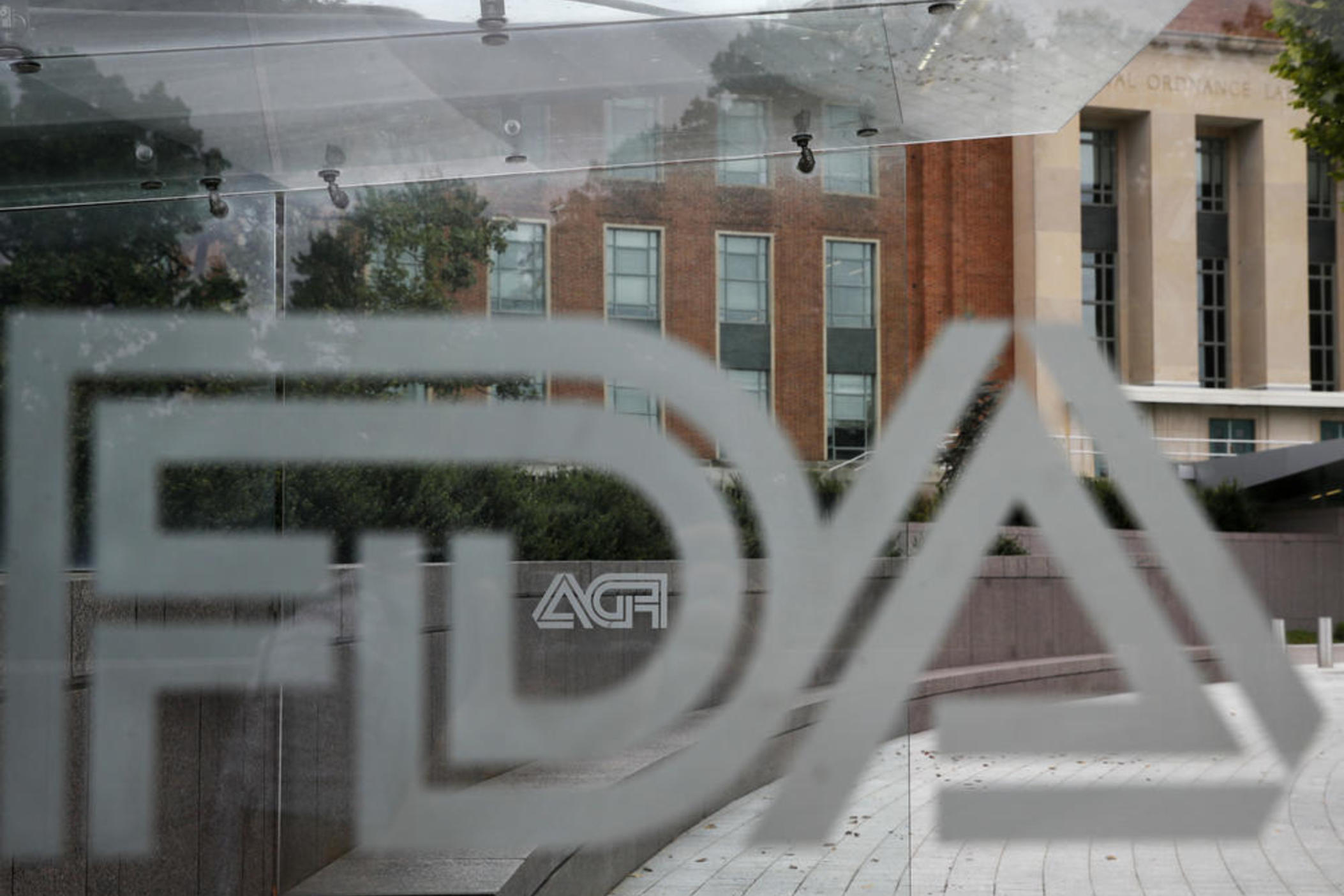Section Branding
Header Content
Food safety will rely on better traceability data, says new FDA rule
Hero Image

Primary Content
LISTEN: Harvesters, processors, manufacturers and others in the food chain have three years to comply with the new record keeping system, effective next month. GPB's Sofi Gratas reports.
——
The Food and Drug Administration, which regulates nearly 80% of the nation's food supply, is turning to new data to track food from farm to table.
Officials say the new Food Traceability Rule, released last month, will make it easier to follow foodborne illnesses.
According to the FDA, tracking contaminated foods under the new rule will take about a week, compared to the average month under the old model. The new tracking system is the latest mandate under the 2011 Food Safety and Modernization Act.
FDA officials discussed the new rule in a virtual town hall on Dec. 7.
“Congress always anticipated the need for enhanced tracking and tracing of certain foods,” said Frank Yiannas, deputy commissioner for food policy and response at the FDA. “Complying with this rule, the anonymity that has cloaked the food system will dissolve.”
Thousands of people are hospitalized every year with foodborne illnesses and billions of dollars are spent on associated medical costs.
“There’s a strong public health case for better traceability, we know that,” Yiannas said. “There’s also a strong business case.”
The Centers for Disease Control and Prevention reported 1,172 foodborne illness outbreaks from 2019 to 2020, resulting in 1,600 hospitalizations and 21 deaths. Foodborne illnesses dropped significantly during the pandemic.
The updated food traceability list includes soft cheeses, tomatoes, deli salads, nut butters and other items more often associated with disease outbreaks and meant for U.S. consumption.
Under the new rule, each of those items will be assigned lot codes that can track the food digitally from origin to final destination.
Harvesters, processors, manufacturers, some restaurants and others in the food system that provide foods on the traceability list have three years to comply with the new record keeping system, effective next month. The rule applies to both domestic entities and those overseas.
Georgia's agriculture industry contributed about $69 billion to the state's economy in 2020. The state's top commodities include broiler chickens, cotton, peanuts and blueberries.
“We anticipate hearing more from FDA in the coming months about what roles states and locals may play in the monitoring and/or enforcement of the rule,” said Amir Sports, spokesperson for the Georgia Department of Agriculture.
There are exceptions to the new rule for certain small farms, producers and food establishments, based on annual income. Farms selling food directly to consumers are also exempt from the rule.
The FDA is encouraging entities to make a switch to digital record keeping under the new rule to make it easier to track contaminated foods, though companies can still keep paper records.
Entities covered by the rule will have three years to comply to the new record keeping system, effective next month.
Correction
In a previous version of this article, it was stated that the new FDA Food Traceability Rule would rely on blockchain traceability. Blockchain traceability is one of many options for traceability under the new rule.

